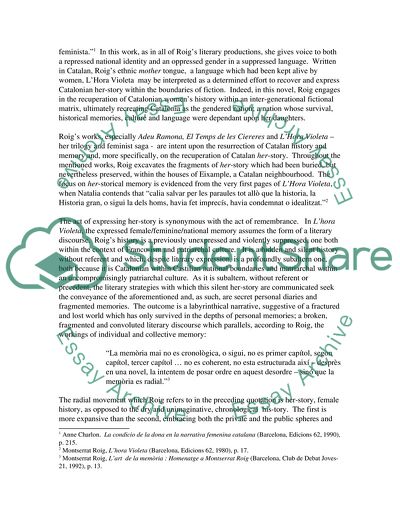Cite this document
(Catalonian Nationalism and Feminism Literature review - 1, n.d.)
Catalonian Nationalism and Feminism Literature review - 1. Retrieved from https://studentshare.org/history/1539057-catalan-literature
Catalonian Nationalism and Feminism Literature review - 1. Retrieved from https://studentshare.org/history/1539057-catalan-literature
(Catalonian Nationalism and Feminism Literature Review - 1)
Catalonian Nationalism and Feminism Literature Review - 1. https://studentshare.org/history/1539057-catalan-literature.
Catalonian Nationalism and Feminism Literature Review - 1. https://studentshare.org/history/1539057-catalan-literature.
“Catalonian Nationalism and Feminism Literature Review - 1”, n.d. https://studentshare.org/history/1539057-catalan-literature.


